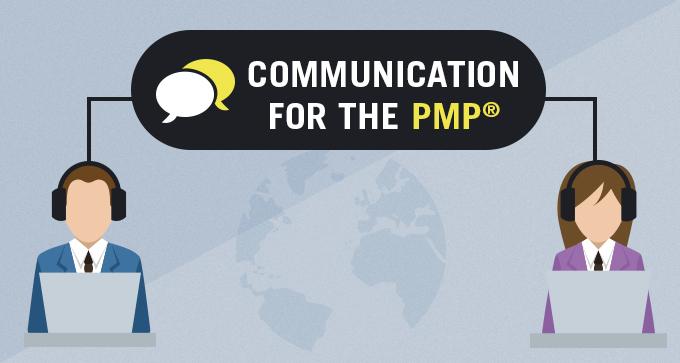Communication for the PMP
Communications within project management are probably the most important skill the project manager can have. An effective project manager will spend about 90% of their time communicating. PMI has rightfully created a separate Knowledge Area for Project Communication Management. It puts a spotlight on the importance of the little things we do. Did I say little? Maybe, I do take communication for granted a little bit. I can have high expectations that people are on a one-track mind with my priorities. But, I have found out that since other people come from different backgrounds and also have different priorities, my communication becomes a big risk.
Moving from the 4th to the 5th edition, The PMBoK has taken Stakeholder Management out of Communications, leaving Communications with only 3 processes. They are easy to remember because there is one for planning, one for executing, and one for monitor and controlling. This brings me back to having high expectations for remembering this Knowledge Area. It is practical to remember, but in order to remember, you still need to go over everything the first time.
Plan and Strategy
I can catch someone’s fish and be busy forever, or I can teach someone to fish and let him do the work. Is that how it goes? Probably not, but the gist to get across is that the Project Manager isn’t a one person show. It takes teams of people to work on jobs that substantiate a delivery. With teams, there must be a plan and a strategy. The Communication Management Plan will contain the following: Who sends and receives, what is sent, how it is sent, how often it is updated, and even a glossary of terms. The Communication Strategy used would be if the communication will be interactive, push, or pull. All of these strategies will probably be used, but at different times. The PMP will want to know if you can identify these. For example, sending an email is a push. Putting a file on Sharepoint so that everyone else can go look at it is called a pull.
Channels
With all of those people on a project team come a multiple of communication channels. Since it is considered that every person is critical to the project’s success, it means that their communication channels are critical as well. So, the PMP will want to know if you can calculate the number of communication channels (n(n-1)/2).
Flavor
Most people like ice cream, so let’s use it as an example. If I walk over to Betty’s office to deliver her a message, the words that come out of my mouth will be a lot of vanilla ice cream. Betty, however, is usually hungry for some nonverbal communication flavor. Nonverbal communication is often noticed more and received more than the verbal of what is actually said. It is often not what you say, but how you say it that matters. If I come into the office in urgency, it might promote Betty’s attention more than if I come to her with a yawn. Others will often reciprocate my nonverbal queues. I don’t want to over-promote or under-promote what is being communicated because I want everything I communicate to project for what it is. Even my voice can portray context by the tone of voice, volume and pitch. Right? Right!
Verbal / Written & Formal / Informal
Finally, communication can be both in verbal or written and formal or informal. Grade school dances used to be formal and informal. With informal dances, we could wear what we wanted and dance crazier than in the formal dances where we had to wear a tie and slacks. Your informal communication will be asking your buddy in the next cube or via email how to work a problem. Formal written communication would be the preferred method for the step by step instructions on how to work the problem. Keep in mind that formal and written would be the most clear and concise way to perform communication and we especially use this for contract related activity.
As you work toward becoming a PM, keep in mind that the goal of communication is to be proactive and thorough, always distributing accurate information in a timely manner to the right audience.
Author - Gregory Morrow
